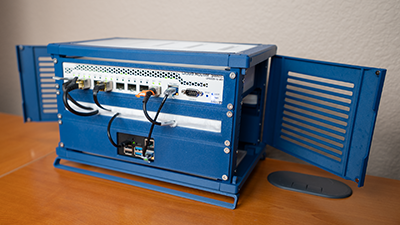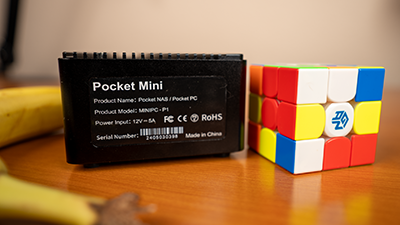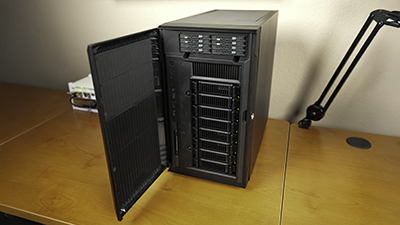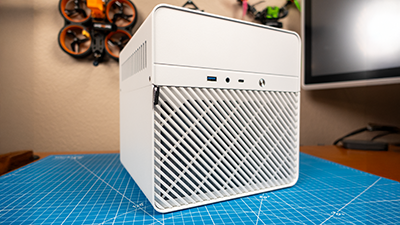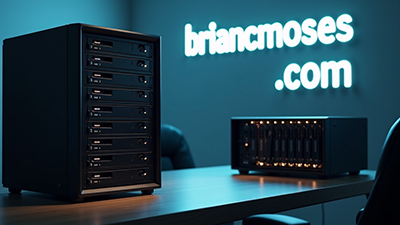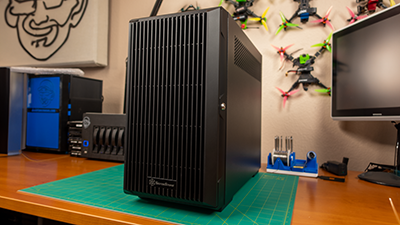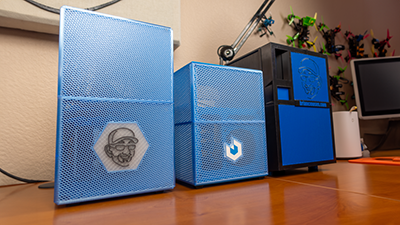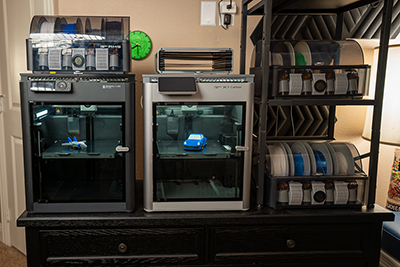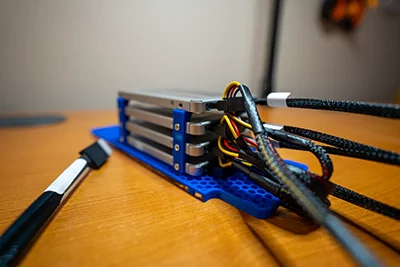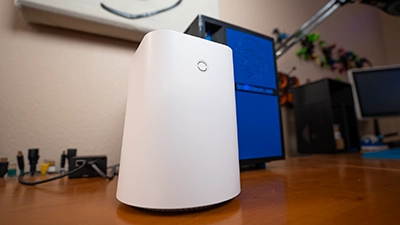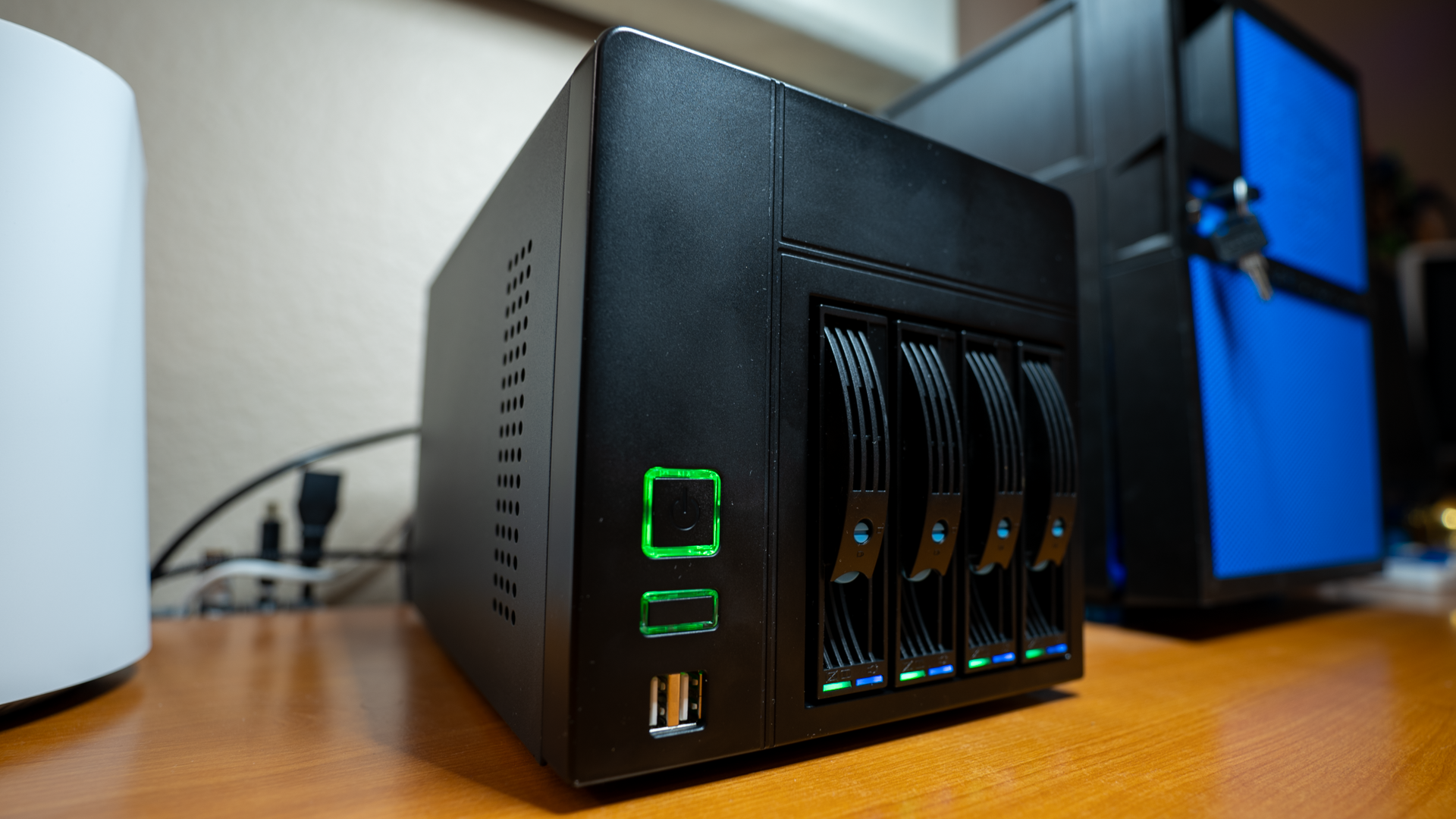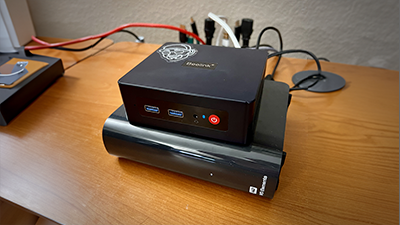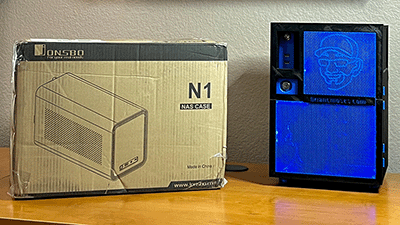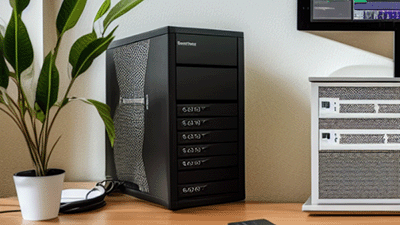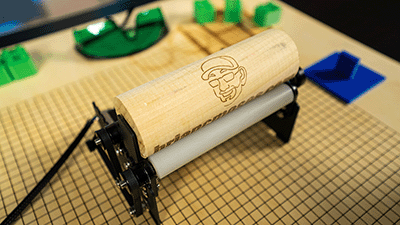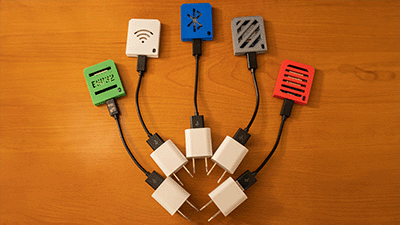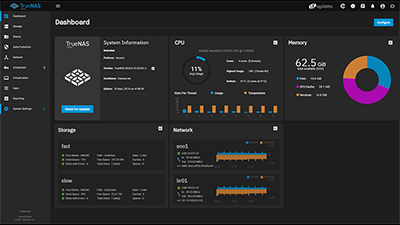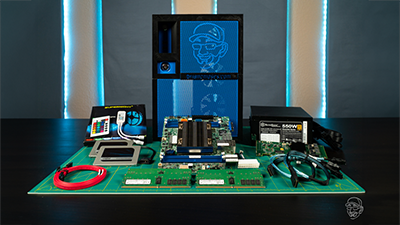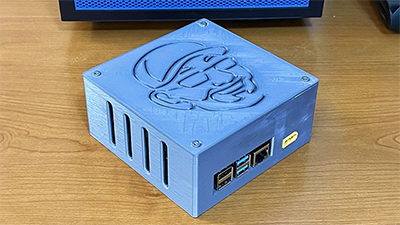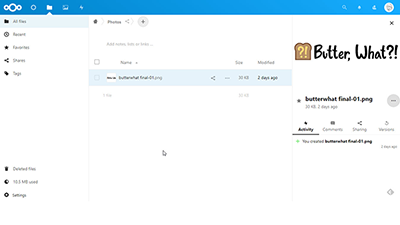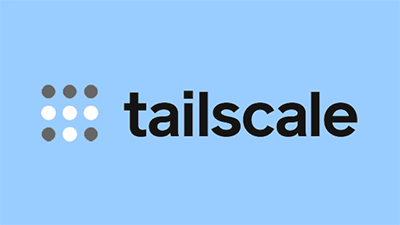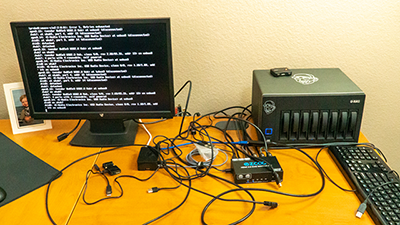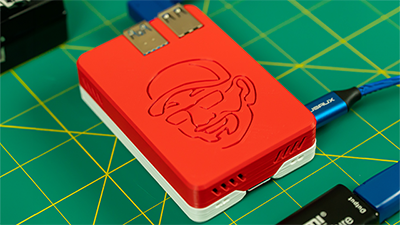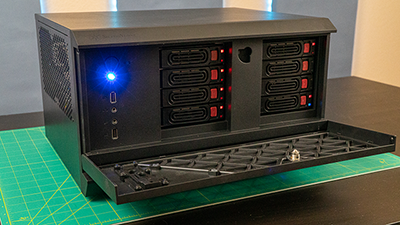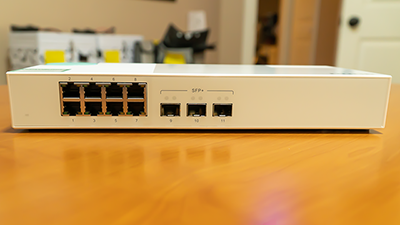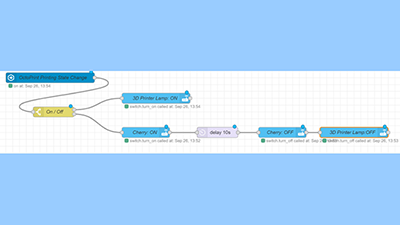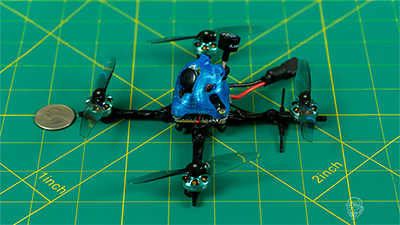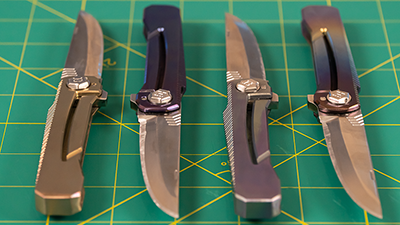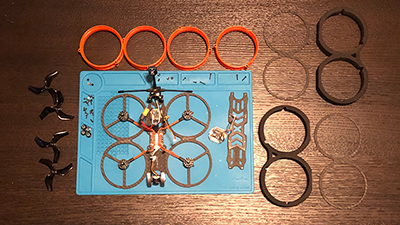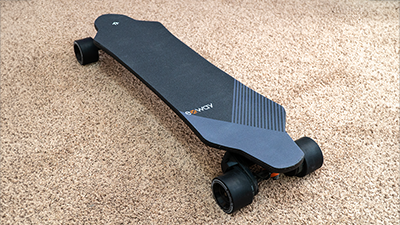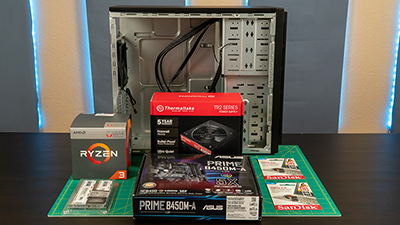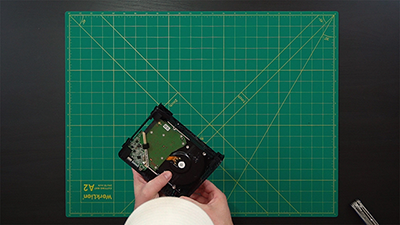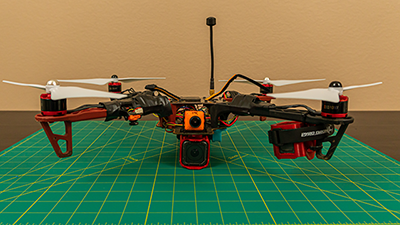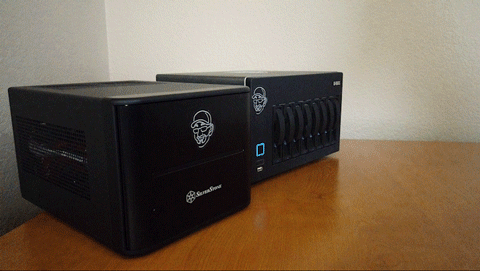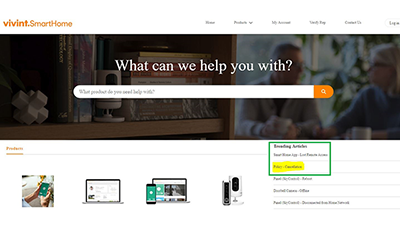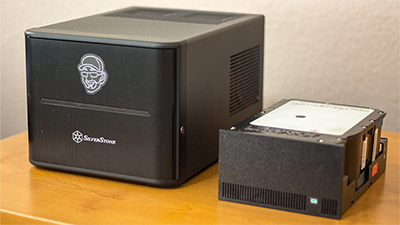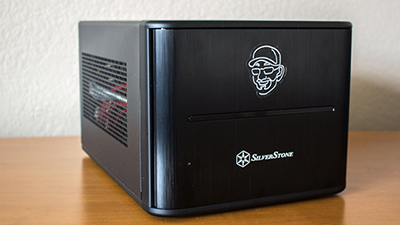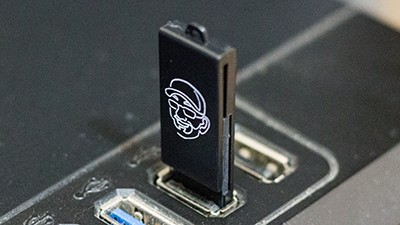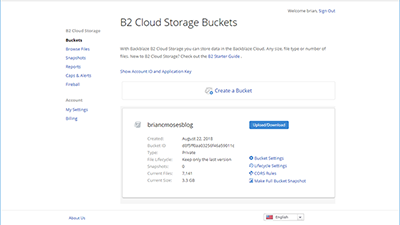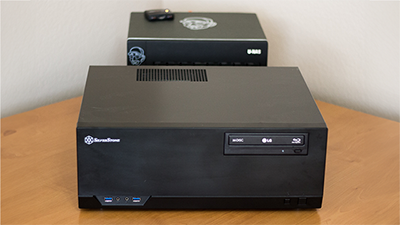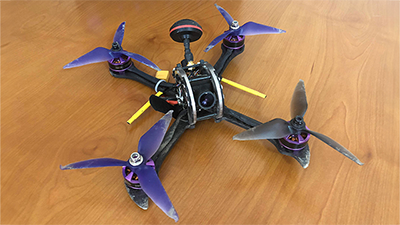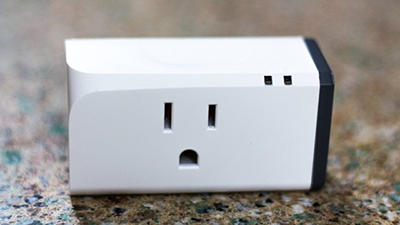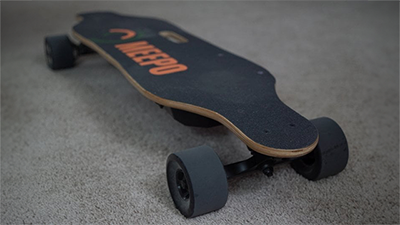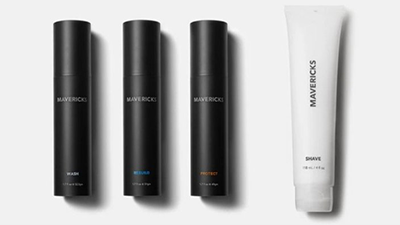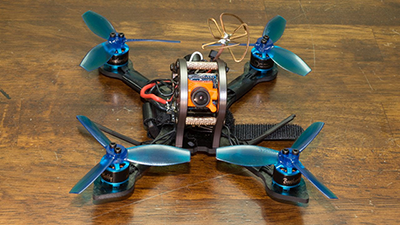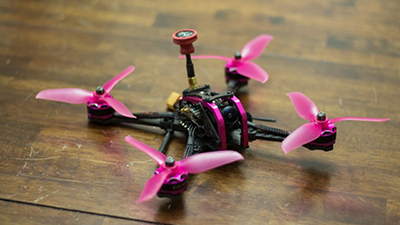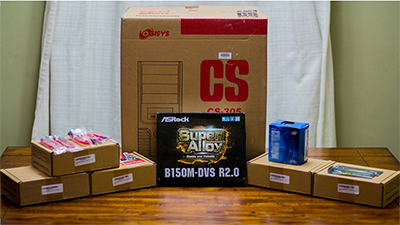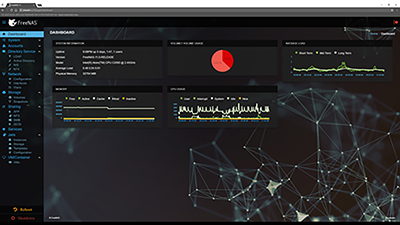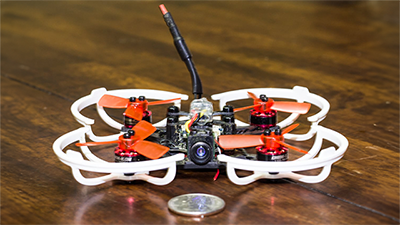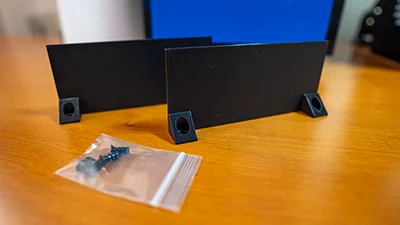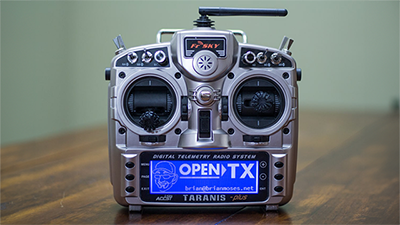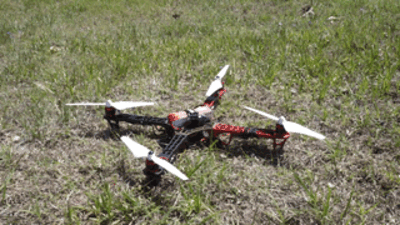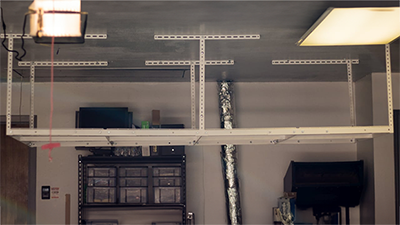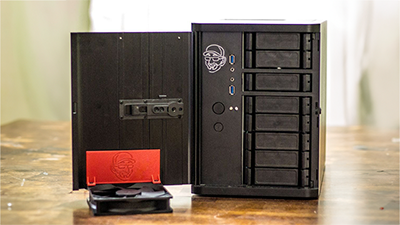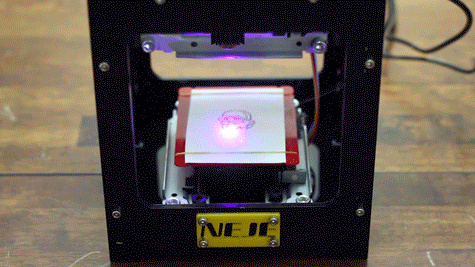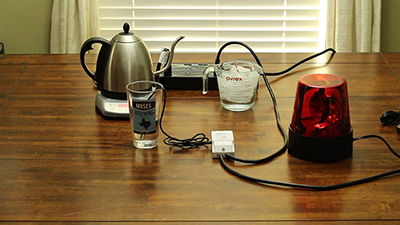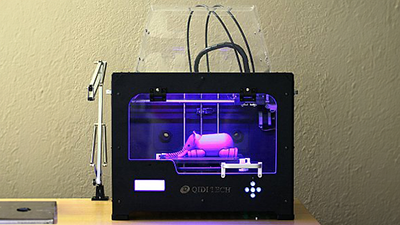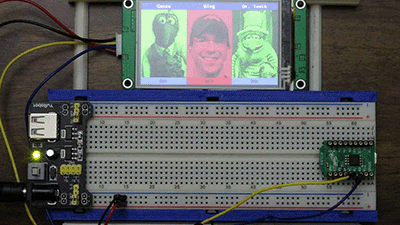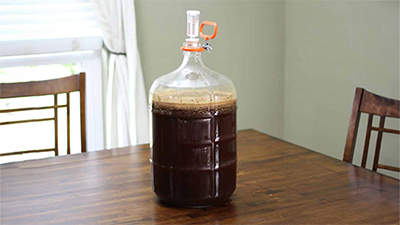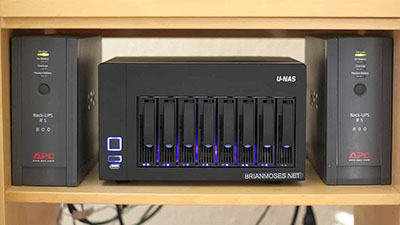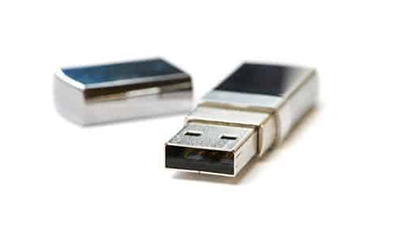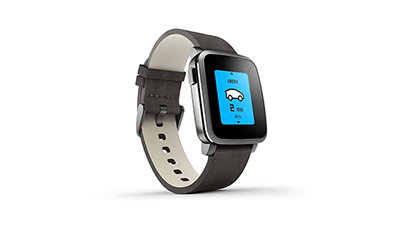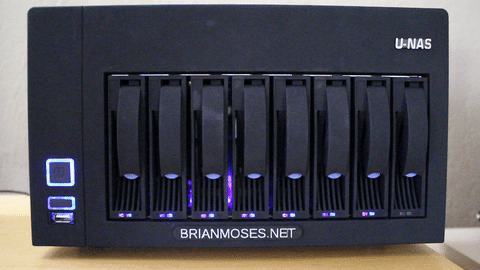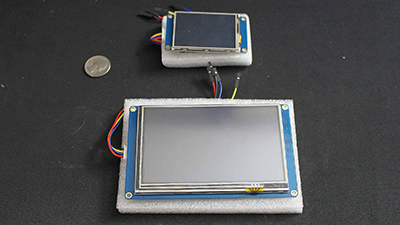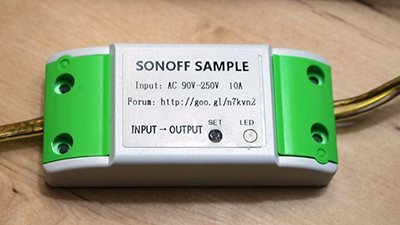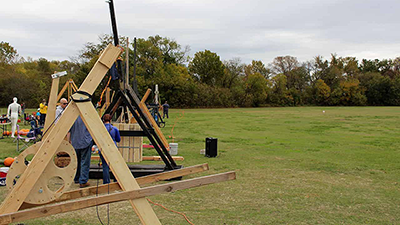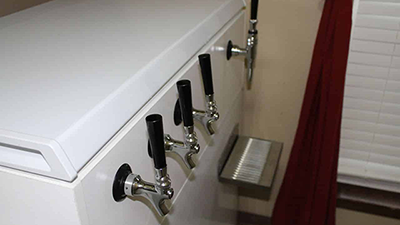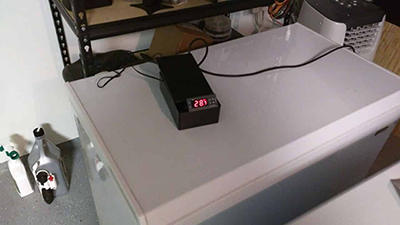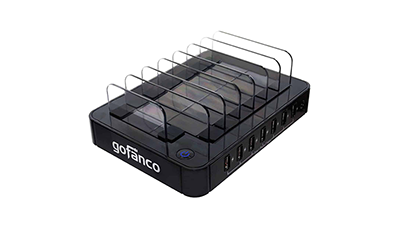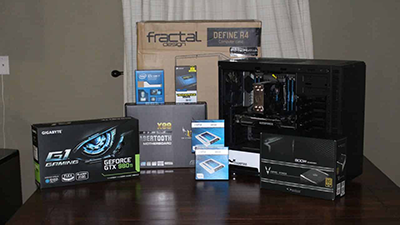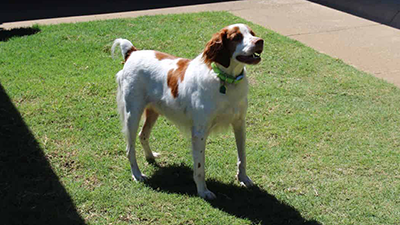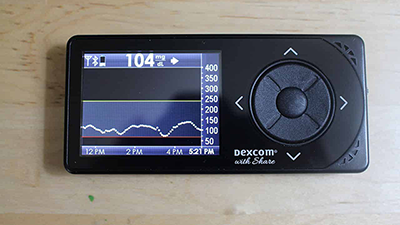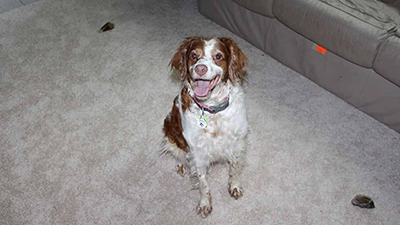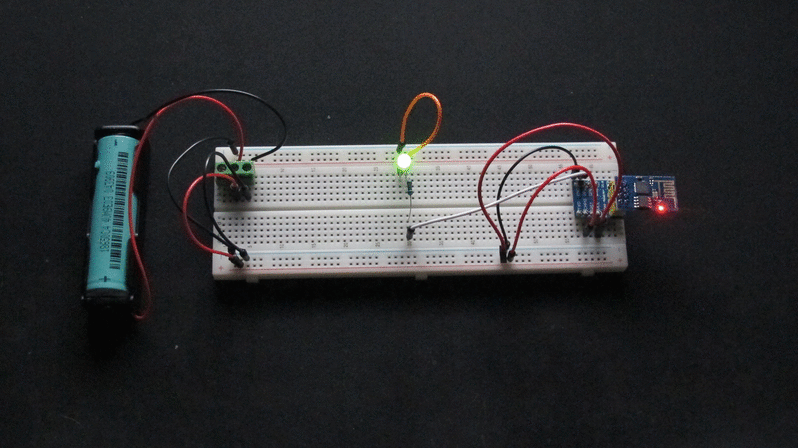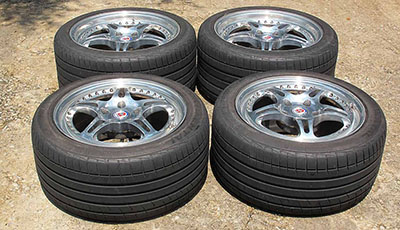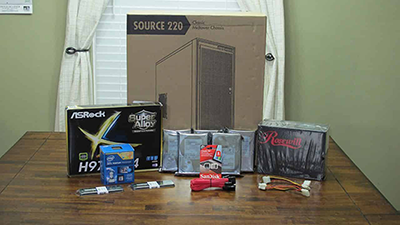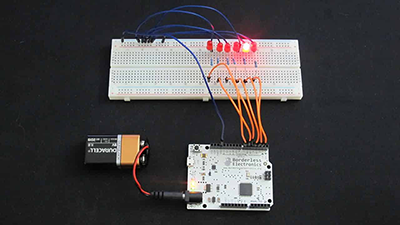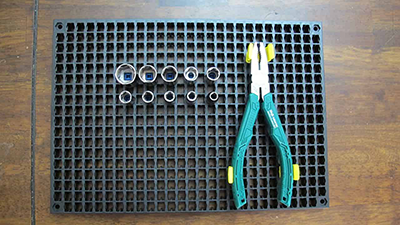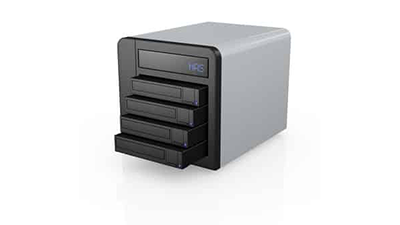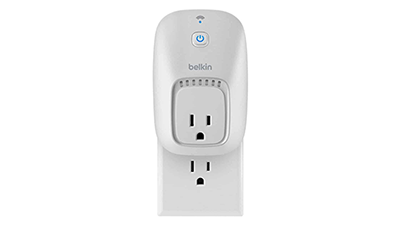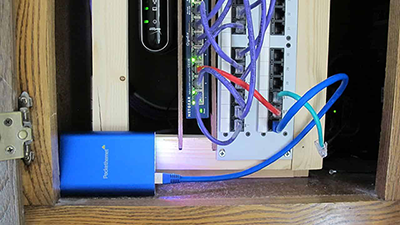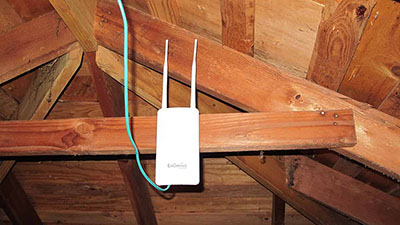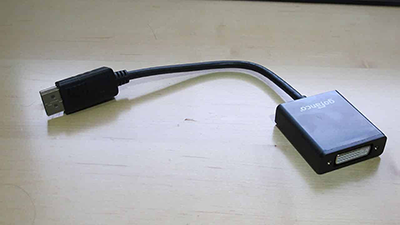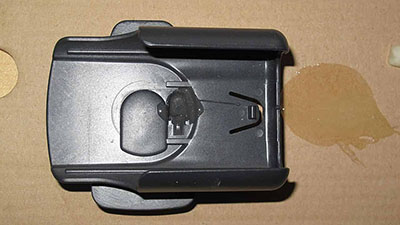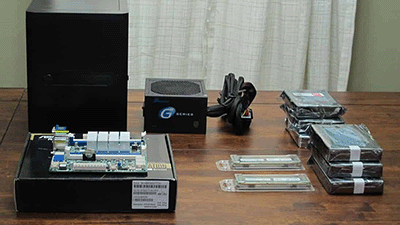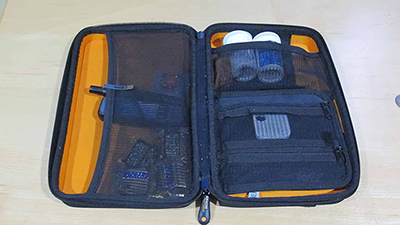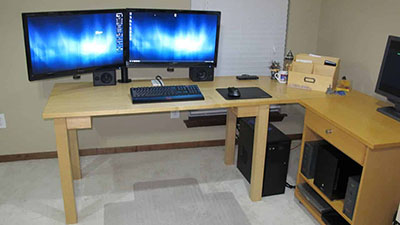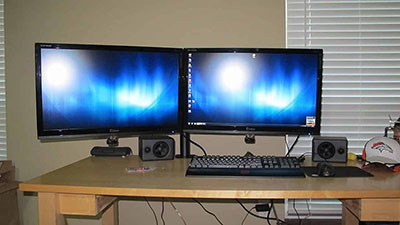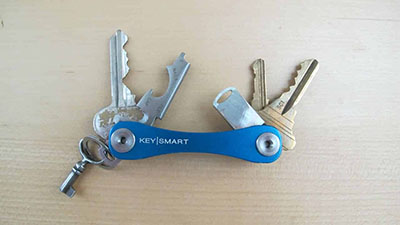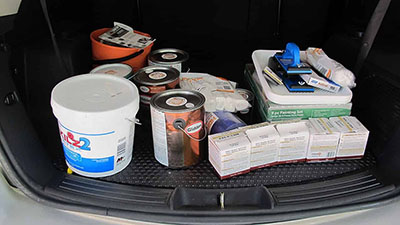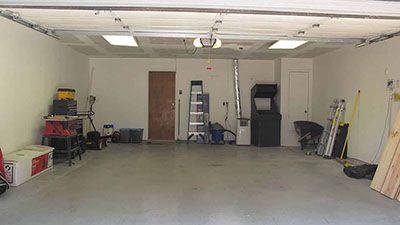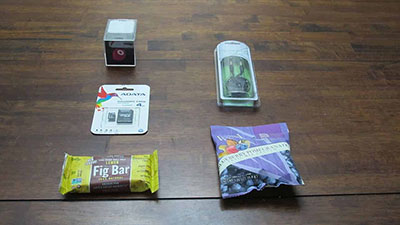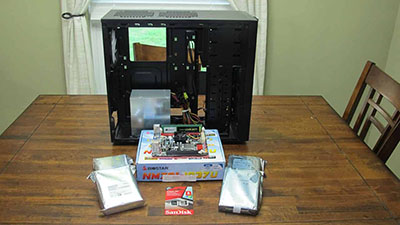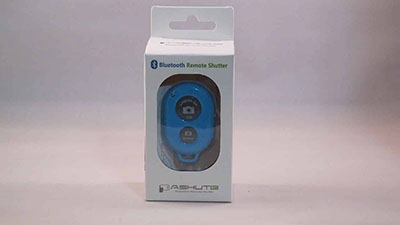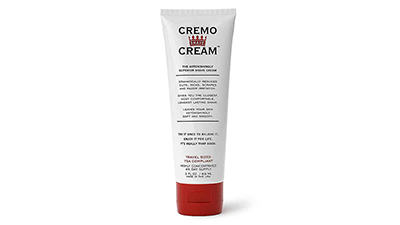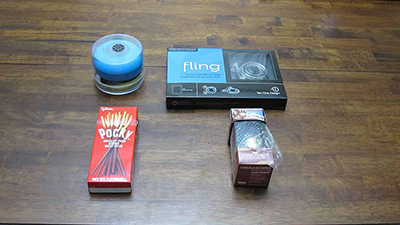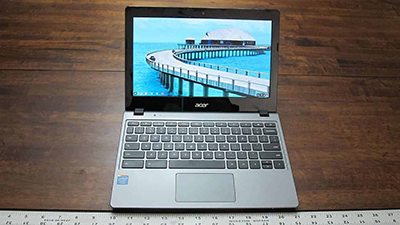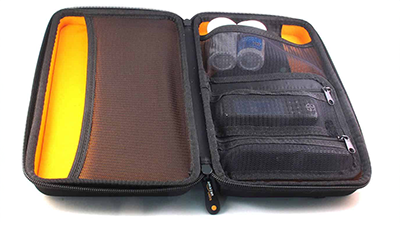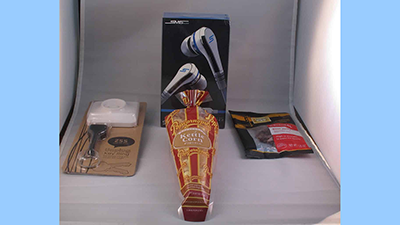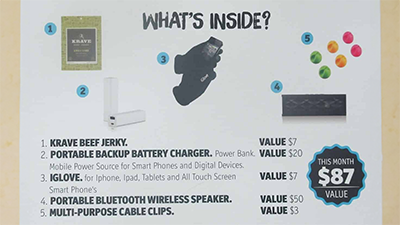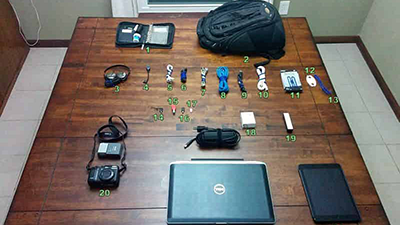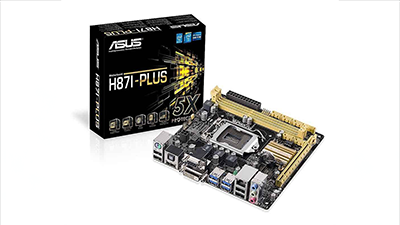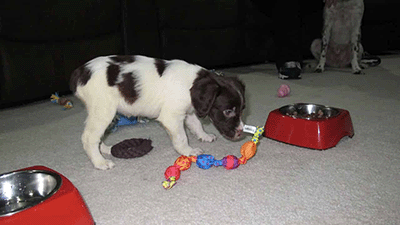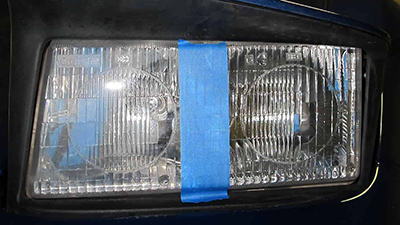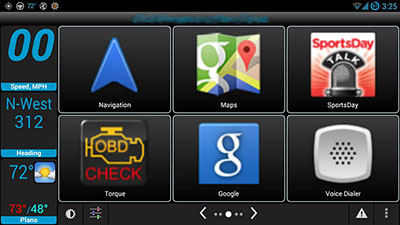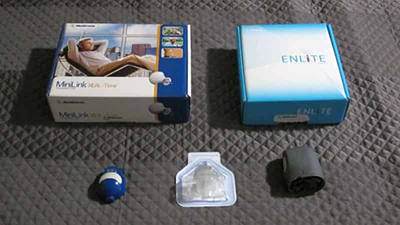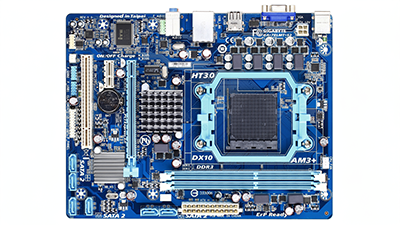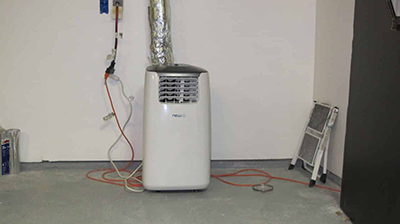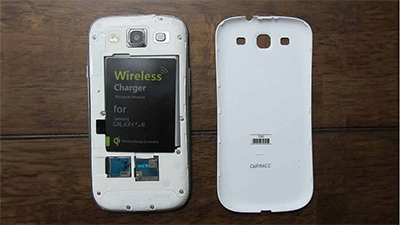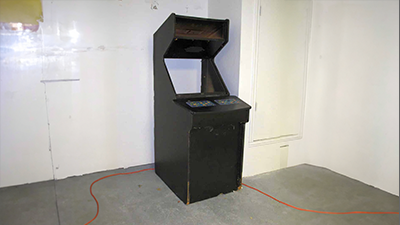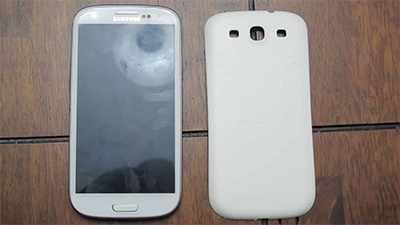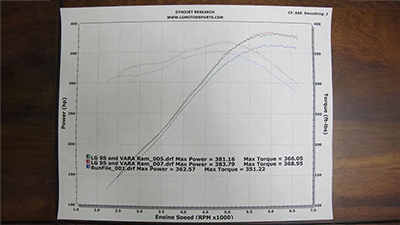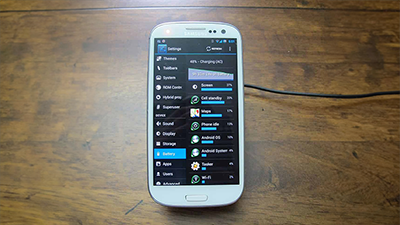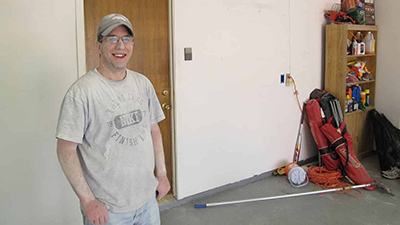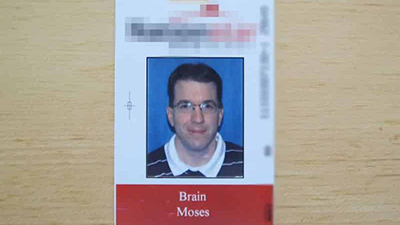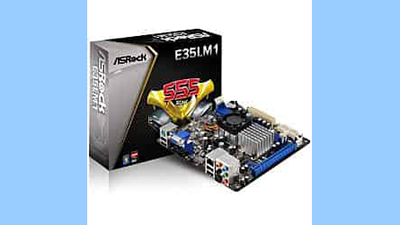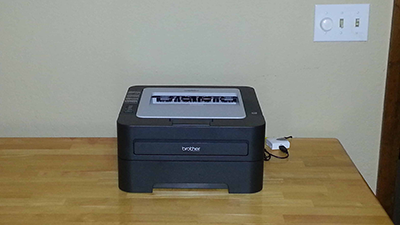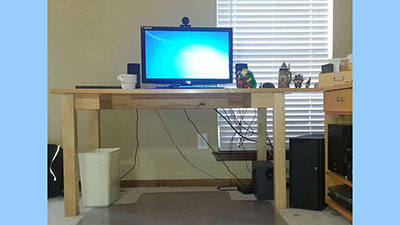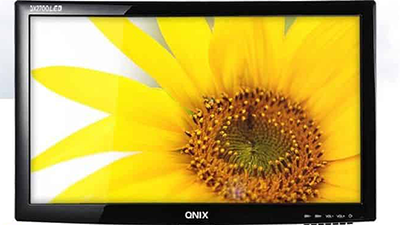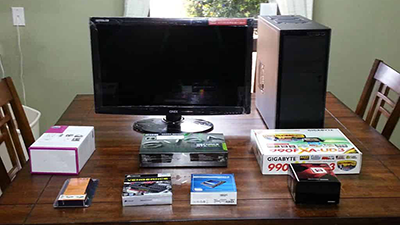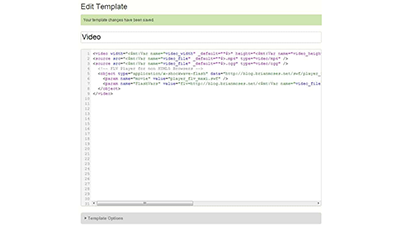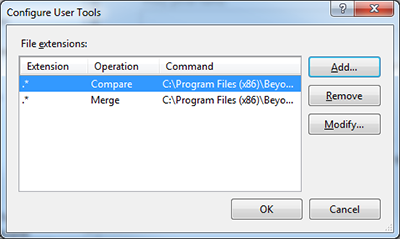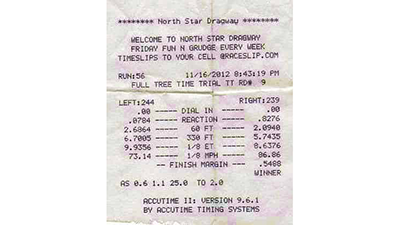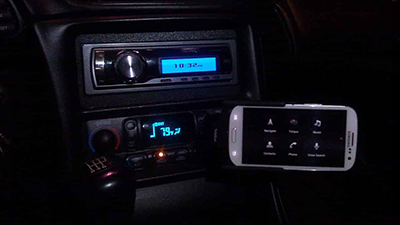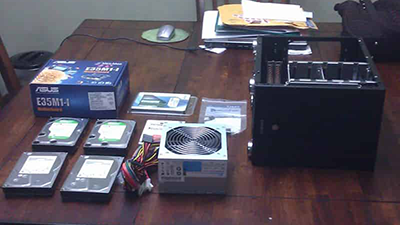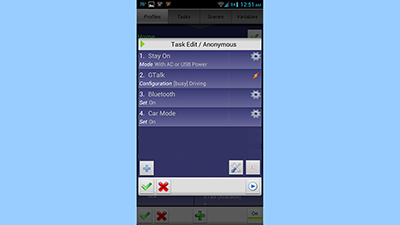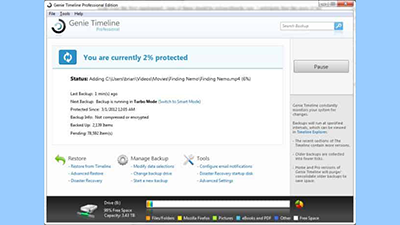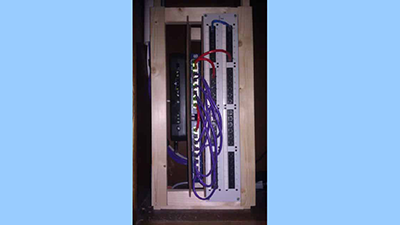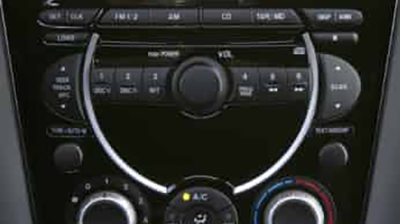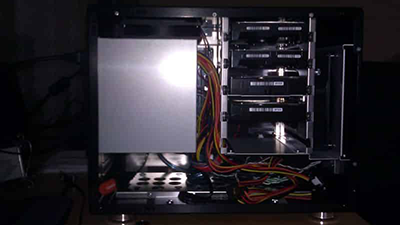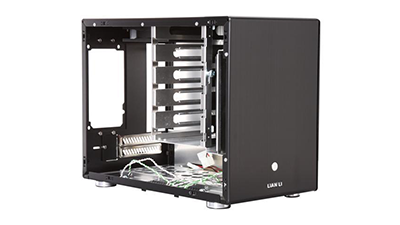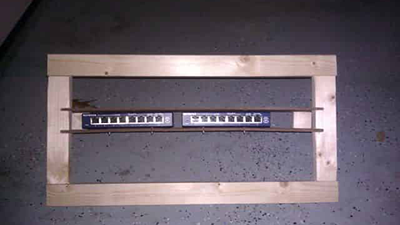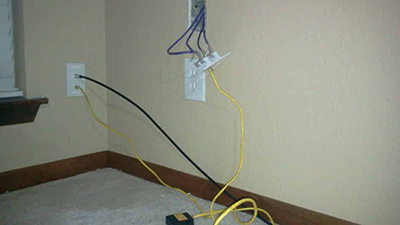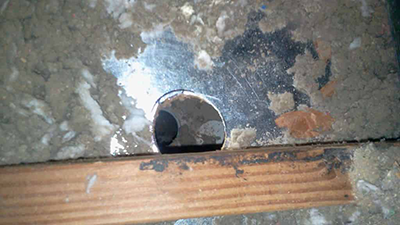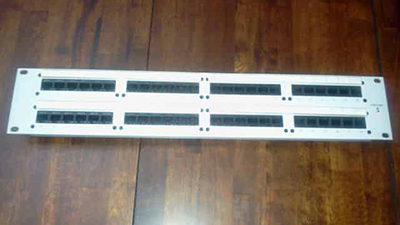Blog
Brian reviews a pocket-sized NAS with an Intel N100 CPU, dual 2.5GbE networking, and room for four M.2 NVMe SSDs.
I share what I like and what I dislike about the SilverStone Technology CS382 case after using it for 6 months.
A diminuitive, TrueNAS SCALE machine featuring: 92TB of storage (90TB of HDD, 2TB of SSD), an Intel N100 CPU, 32GB of DDR5 RAM, and 10Gbps networking for under $2,000.
A two-for-one DIY NAS build blog! I detail the components that I would pick for 2024's DIY NAS and EconoNAS builds. Which one will be your favorite?
An inexpensive AI server using a Nvidia Tesla M40 GPU, Proxmox VE, Forge, Oobabooga, remote access via Tailscale, and some leftover spare-parts.
I outgrew the case for my DIY NAS, the MK735, and to replace it, I had to buy three products: a Silverstone Technology CS382, an Icy Dock Express Cage MB038SP, and an Icy Dock ToughArmor MB411SPO-2B. I’ll share my review of all three products and talk about the outcome of this upgrade.
I reached out to a creator of 3D-printable computer cases, makerunit, to ask if he was interested in designing a 3D-printed NAS case. And before I knew it, he designed two fantastic DIY NAS cases!
My two 3D printer arrangement didn't quite work out because the Prusa MK3 couldn't keep up with my Bambu Labs X1C Combo. I solved this problem by buying another Bambu Labs 3D printer!
Increasing the capacity of my NAS by 3D-Designing and 3D-printing a drive caddy for 4x 2.5" SSDs. Is an all flash DIY NAS in my future?
My evaluation of an interesting barebones NAS featuring: two 3.5-inch hard drive bays, a M.2 NVMe 2280 slot, an Intel N100 CPU, one DDR4 SODIMM, and two 2.5Gbps NICs.
I've been using Octopress 2.0 for over a decade. The time it takes to generate my site and declining traffic made it painfully obvious a change was overdue.
A small form factor, 4-bay DIY NAS featuring a Celeron N5105 CPU, 16GB of RAM, 128GB NVMe SSD, 2.5Gbps networking and TrueNAS SCALE for under $400.
I implement an off-site backup using a Mini PC, a 20TB USB HDD, TrueNAS SCALE, Tailscale, and some space at Pat's house.
I got tired of waiting for my 5-tool Prusa XL pre-order to be honored, so I started shopping around for my next printer.
A suprisingly affordable DIY NAS featuring TrueNAS SCALE, an Intel Celeron N5105 CPU, 32GB of DDR4 RAM, 2x 250GB NVMe SSDs, and room for 7 hard drives (5x 3.5-inch and 2x 2.5 inch).
A very similar economical DIY NAS build as last year, featuring TrueNAS SCALE, a Gigabyte B450 Aorus M motherboard, 16GB DDR4 RAM, and an Antec VSK3000 Elite case.
I experiment with Orturs rotary tool, the YRR 2.0 Rotary Roller and engrave things into cylindrical objects.
I set up and use the Ortur Aufero Laser 2 for the very first time and share my thoughts on the experience.
...that I want to make it even easier for other Home Assistantusers to enhance their own home automation like I have!
I share my experience as I implement presence detection using ESPresense's base stations and Home Assistant.
I jumped on the TrueNAS SCALE bandwagon with one of its first beta releases. As I used TrueNAS SCALE on my NAS at home, I shared my experience as an early adopter.
I rebuilt my on DIY NAS in an awesome 3D-printed case (the MK735) featuring TrueNAS SCALE, a Supermicro X11SDV-4C-TLN2 motherboard, an Intel Xeon D-2123IT CPU, 64GB ECC DDR4 RAM, a pair of Crucial MX500 1TB SSDs, and more!
Working through a couple neat open source hardware and software projects for creating your own drone racing timer.
My discovery of Tailscale inspired me to finally self-host my own cloud storage using NextCloud.
Brian finally finds an incredibly powerful--and easy--VPN to use at to access all of his devices remotely.
Using PiKVM, an ECCOO KVM switch, and Tailscale to access and control numerous computers from anywhere I have Internet access.
Building my own IP KVM with a RaspberryPi, an inexpensive USB video capture device, and the awesome project, Pi-KVM.
An economical DIY NAS featuring TrueNAS CORE, a Gigabyte B450 Aorus M motherboard, an AMD Athlon 3000G CPU, 32GB DDR4 RAM, and the Fractal NODE 804 case for $660
Brian's first AMD DIY NAS featuring TrueNAS CORE, an ASRock X570M Pro4, an AMD Ryzen 9 3900X CPU, 32GB DDR4 ECC RAM, and the SilverStone CS381B case.
A budget-friendly DIY NAS featuring FreeNAS, an Asus Brime B450M-A/CSM motherboard, a Ryzen 3 2200G CPU, 16GB DDR4 RAM, and an Antec NSK4100 case for about $350
As promised, I printed and assembled the MK735 DIY NAS Case for my own use. I share my thoughts on the entire process.
I share a bit about how I will be blogging about DIY NAS builds in the future.
My review of the MK735, a 3D-printed DIY NAS case which is hands-down the most impressive NAS case or 3D-printed item I've come across!
A DIY NAS featuring the SuperMicro A2SDI-4C-HLN4f motherboard, a Intel Atom C3558 CPU, 16GB DDR4 ECC RAM, 8x2.5" 2TB HDDs, and the SilverStone Technology CS280B case.
How I configured the BIOS, installed FreeNAS, and set FreeNAS up for the DIY NAS: 2019 Edition.
I bought a bunch of 16GB SWQAG-grade flash drives and stuck my face on them!
How I created Cloud Sync tasks to backup my most important data to Backblaze B2 storage.
An economical DIY NAS build featuring FreeNAS, an ASRock B150M-DVS motherboard, an Intel Pentium G4400 CPU, 16GB DDR4 RAM, a Logisys CS305BK case, and 15TB of storage.
After I noticed the HDDs getting really hot in the SilverStone DS380B, I 3D-designed and 3D-printed a cooling duct.
A small form-factor DIY NAS featuring FreeNAS, a Supermicro X10SDV-TLN4F-O motherboard, Intel Xeon D-1541 CPU, 64GB DDR4 ECC RAM, 2x 10GbE, SilverStone DS380B case, and 40TB of total storage.
Inexpensive Xeon CPUs on eBay compelled me to build a homelab machine for hosting virtual machines.
I spent $120 on eBay to build a point-to-point 10GbE network between my PC, DIY NAS, and homelab machines.
I got a little bit jealous building the DIY NAS: 2016 Edition, so I used it as inspiration to upgrade my own DIY NAS.
A DIY NAS featuring FreeNAS, an ASRock C2750D4I motherboard, an Intel Avoton C2750 CPU, 16GB DDR3 ECC RAM, a UNAS NSC-800 case, and 28TB of storage.
A budget-friendly DIY NAS build featuring FreeNAS, am Intel Pentium G3220, 8GB of DDR3, a NZXT Source 220 case, and 10 TB of storage capacity.
A DIY NAS featuring FreeNAS, 8 hard drive bays, an Intel Avoton C2550 CPU, 16GB DDR4 ECC RAM, 24TB of total storage.
An economical DIY NAS build featuring FreeNAS, a Biostar NM70I-1037U motherboard, an Intel Celeron 1037U CPU, 8GB of DDR3 RAM, a NZXT Source 210 case, and four 2TB hard drives.
I talk about how I arrived at the decision to buy Non-ECC RAM for my DIY NAS.
A small form factor (MiniITX) DIY NAS featuring FreeNAS, an ASUS H87I-PLUS motherboard, an Intel Pentium G3220 CPU, 8GB DDR3 RAM, and a Lian-Li PC-Q25 Case
An economical DIY NAS featuring FreeNAS, a Gigabyte GA-78LMT-S2 motherboard, an AMD Sempron 145 CPU, 4GB of DDR3 RAM, and the NZXT Source 210 case.
A MiniITX DIY NAS featuring FreeNAS, an ASRock E35LM1 motherboard (w/ AMD E-240 APU), 8GB DDR3 RAM, and COOLER MASTER Elite 120 case.
A console application for viewing all of queued builds in Team Foundation Server
